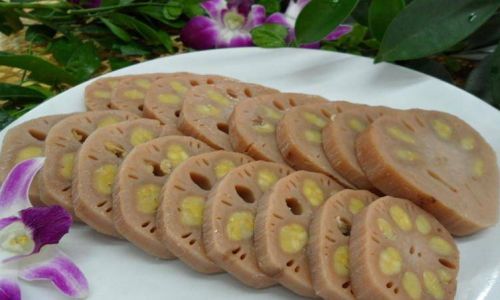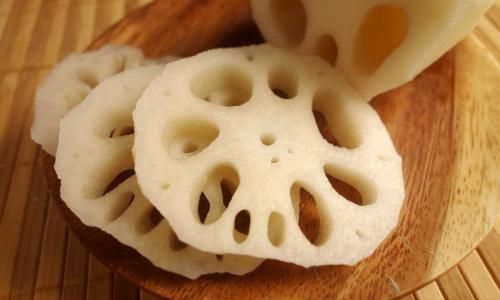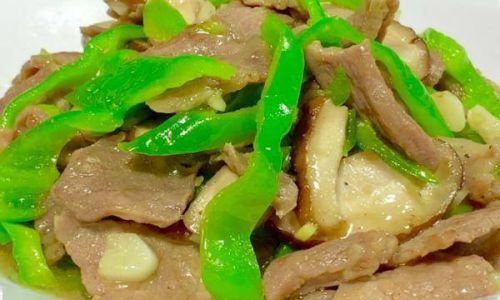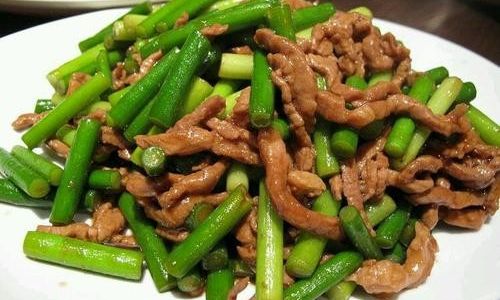Introduction
Lotus roots, also known scientifically as Nelumbo nucifera, are a versatile and nutritious ingredient in various cuisines worldwide. Their crisp texture and mild, slightly sweet flavor make them ideal for salads, stir-fries, soups, and desserts. Whether you’ve freshly harvested them from a pond or purchased them from a market, understanding how to store lotus roots properly is crucial to preserving their quality and freshness. This article delves into the specifics of storing lotus roots at room temperature, exploring factors that influence their shelf life and offering practical tips for optimal storage.

Understanding Lotus Root Storage Conditions
Before discussing how long lotus roots can be stored at room temperature, it’s essential to understand the ideal storage conditions for this vegetable. Like many perishable foods, lotus roots are sensitive to temperature, humidity, and exposure to air. Proper storage aims to minimize these factors’ detrimental effects on the root’s texture, color, and flavor.
Room temperature, typically ranging between 68°F to 77°F (20°C to 25°C), is generally not ideal for long-term storage of perishable foods, including lotus roots. However, understanding the limitations and considerations for storing lotus roots at room temperature can be useful, especially in scenarios where refrigeration is not immediately available.
Shelf Life at Room Temperature
The shelf life of lotus roots at room temperature varies significantly based on several factors:
-
Freshness at Harvest or Purchase: Freshly harvested lotus roots or those purchased from a market soon after harvest tend to have a longer shelf life compared to those that have been in storage for some time.
-
Handling and Packaging: Proper handling and packaging can extend the shelf life. Minimizing exposure to air, moisture, and contaminants during packaging is crucial.
-
Variety and Maturity: Different varieties and stages of maturity can affect the storage duration. Some varieties may be more resilient to environmental conditions than others.

-
Environmental Conditions: Room temperature itself can vary widely, and fluctuations can accelerate spoilage. High humidity and warm temperatures can promote bacterial growth and dehydration, respectively.
Under optimal circumstances, where lotus roots are freshly harvested, properly handled, and stored in a cool, dry, and well-ventilated area, they can be kept at room temperature for approximately 2 to 3 days. This timeframe is a general guideline, and it’s important to monitor the roots regularly for signs of spoilage.
Signs of Spoilage
Identifying the signs of spoilage in lotus roots is crucial to avoid consuming them once they’ve passed their prime. Here are some indicators that your lotus roots may no longer be suitable for consumption:
-
Discoloration: Fresh lotus roots have a creamy white or light beige appearance. Dark spots, mold, or discoloration to brown or black indicate spoilage.
-
Soft Texture: Lotus roots should be firm and crisp. If they feel soft or mushy, this is a sign of decomposition.
-
Odor: Fresh lotus roots have a mild, sweet scent. A strong, unpleasant odor indicates spoilage.

-
Sliminess: A slimy or sticky surface is a clear sign of bacterial growth and spoilage.
If any of these signs are present, discard the lotus roots immediately to prevent food poisoning or other health issues.
Storage Tips for Extending Shelf Life
While storing lotus roots at room temperature is possible for a short period, several strategies can help extend their shelf life:
-
Refrigeration: For longer-term storage, refrigerating lotus roots is recommended. Place them in an airtight container or wrap them tightly in plastic wrap to minimize exposure to air. In the refrigerator, lotus roots can last for about a week.
-
Humidity Control: If storing at room temperature, ensure the area is dry and well-ventilated to prevent moisture accumulation, which can promote bacterial growth.
-
Avoid Stacking: Stacking lotus roots can cause bruising, which accelerates spoilage. Store them in a single layer or with sufficient spacing between each root.

-
Inspect Regularly: Regularly inspect lotus roots for signs of spoilage. Early detection can prevent the spread of mold or bacteria to other parts of the root.
-
Preparation for Storage: Before storing, wash the lotus roots gently under running water to remove any dirt or debris. Pat them dry with a clean cloth to remove excess moisture.
-
Freezing: For extended storage, lotus roots can be frozen. Slice them into manageable portions, blanch them in boiling water for 2-3 minutes, and then plunge them into ice water to stop the cooking process. Pat them dry, place them in freezer bags, and remove as much air as possible before sealing. Frozen lotus roots can be kept for up to 6 months.
Nutritional Benefits and Culinary Uses
Despite their delicate nature, lotus roots offer a range of nutritional benefits that make them a valuable addition to any diet. They are low in calories but high in dietary fiber, vitamins, and minerals such as vitamin C, vitamin B6, potassium, and iron. Their high fiber content aids in digestion, while their antioxidants support immune health.
In the kitchen, lotus roots are incredibly versatile. Their crisp texture makes them perfect for raw preparations like salads or crudités. They can be sliced thinly and stir-fried with vegetables and meats, or added to soups and stews for a unique texture and flavor. Their natural sweetness also makes them ideal for desserts, such as candied lotus root or lotus root pudding.
Cultural Significance
Beyond their culinary uses, lotus roots hold significant cultural and symbolic importance in many societies. In East Asian cultures, the lotus flower and its roots are often associated with purity, enlightenment, and rebirth. They are featured prominently in traditional art, literature, and religious practices. In some regions, lotus roots are used in medicinal preparations, believed to have cooling and detoxifying properties.

Conclusion
Storing lotus roots at room temperature is feasible for short periods, typically 2 to 3 days, under optimal conditions. However, to maximize their shelf life and maintain their quality, refrigeration or freezing is recommended. By understanding the factors that influence their storage duration and regularly inspecting for signs of spoilage, you can enjoy the unique texture and flavor of lotus roots in a variety of dishes. Their nutritional benefits and cultural significance make them a valuable ingredient in both the kitchen and the broader context of human culture.
In summary, while room temperature storage is a temporary solution, proper handling and storage practices can help ensure that lotus roots remain fresh and delicious for as long as possible. Whether you’re preparing a traditional dish or exploring new culinary frontiers, lotus roots offer a delightful and nutritious addition to your repertoire.






0 comments